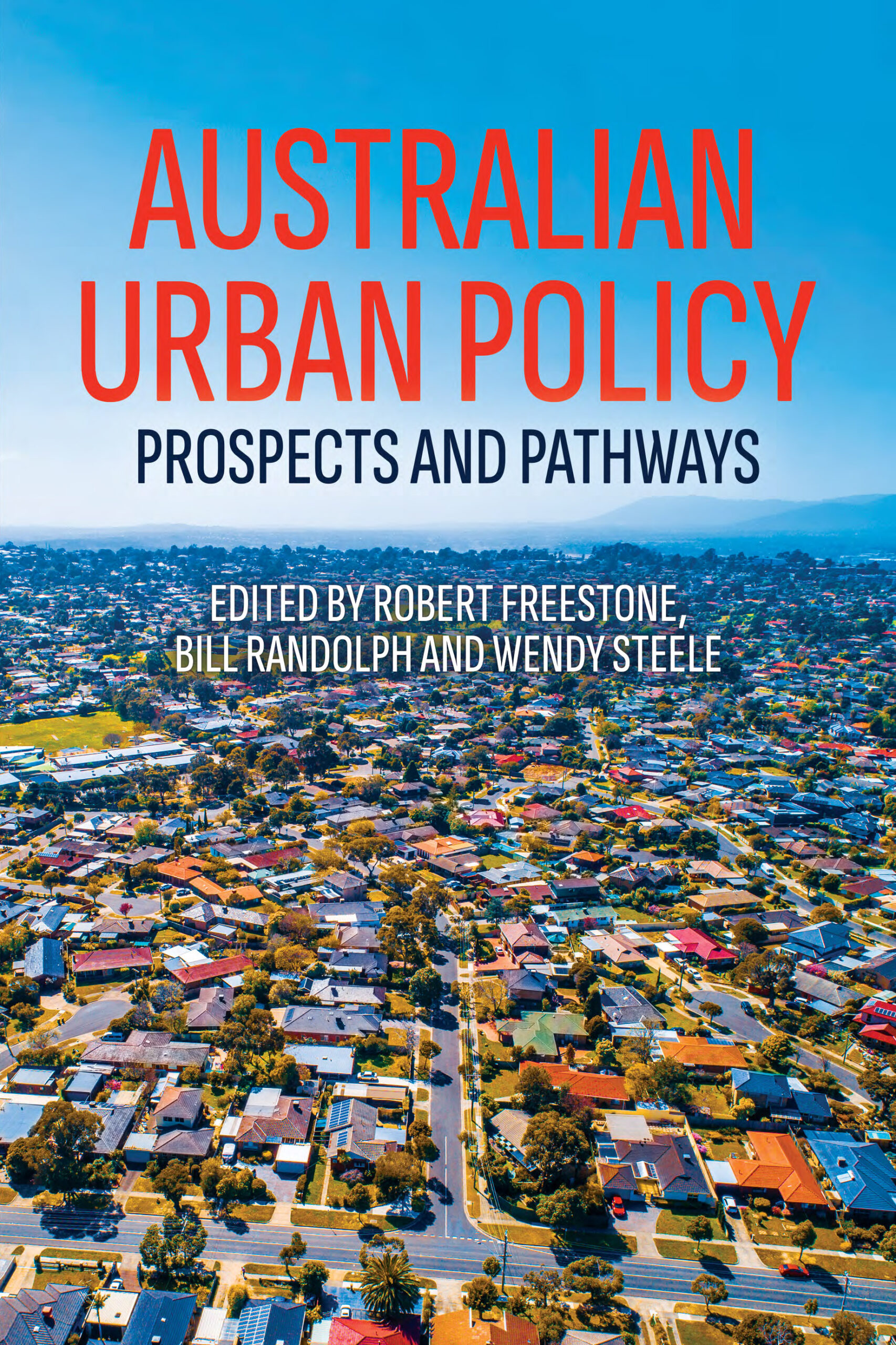Australia’s cities and its communities live through both incremental and, at times, significant change. While a stuttered timeline of initiatives shares some of the historical narrative that has driven regeneration imperatives internationally, contemporary urban renewal activity presents as the poster child for the deficiencies—and indeed vacuum—of urban policy that nominally guides development in our large cities.
Whether through public housing estate renewal policies based on ‘asset recycling’, speculative activity through rezoning of vital industrial and employment lands, or the simple alignment of ‘highest and best use’ decisions with highest ‘value’ for return to government treasuries or developer profit, current urban renewal settings reflect neoliberalism’s concentrated efforts to replace planning in the public interest with planning as a ‘deal-maker’ (Rogers and Gibson 2021).
Exposing the limitations of urban renewal through feasibility-driven intensification and ‘hypotrophy’ (Gleeson 2018), this chapter seeks to recast the impetus for, and objectives of, regeneration in ways that better acknowledge and accord with the diversity of contexts, markets, and coalitions of interest in Australia’s variegated suburban landscapes.

